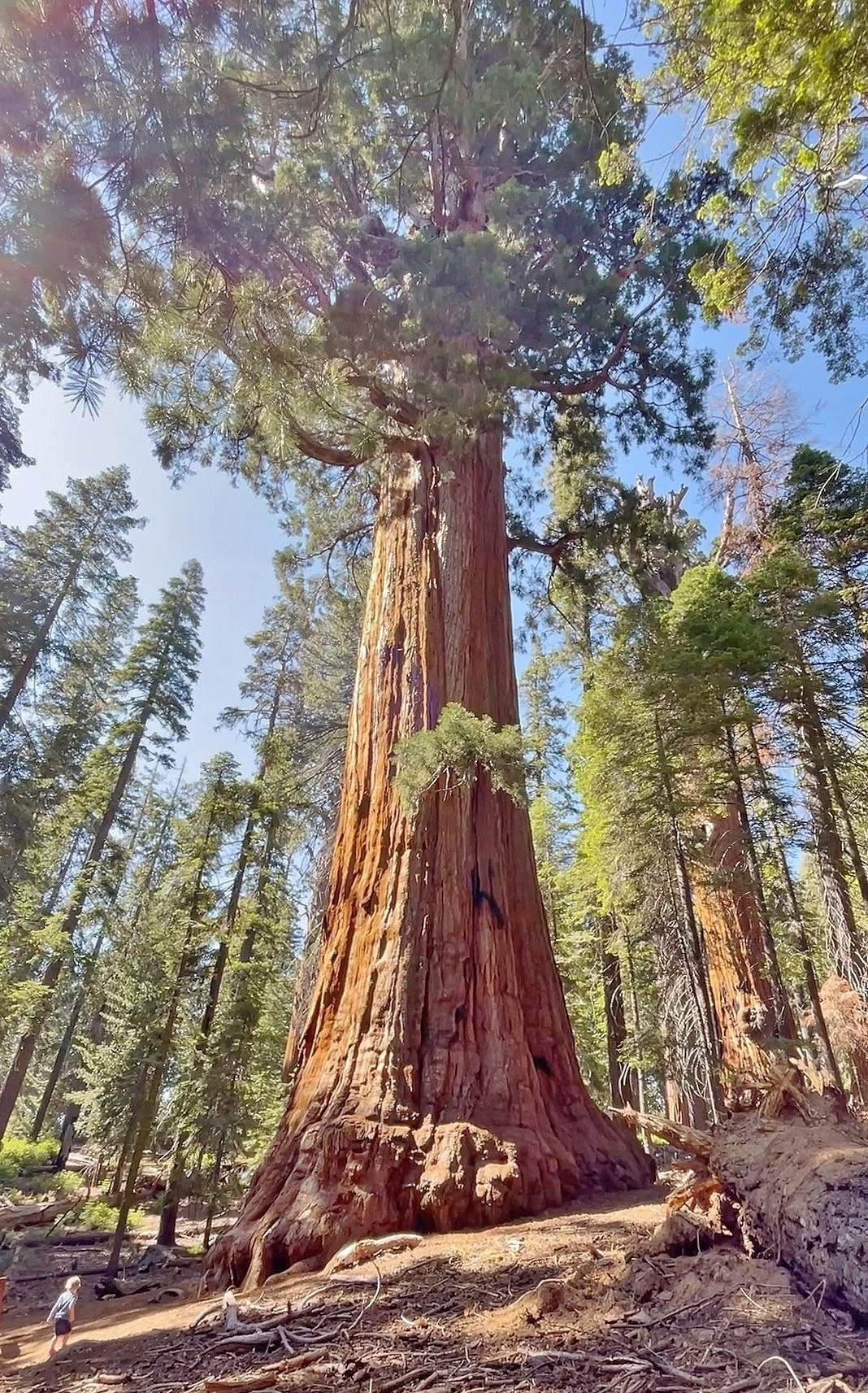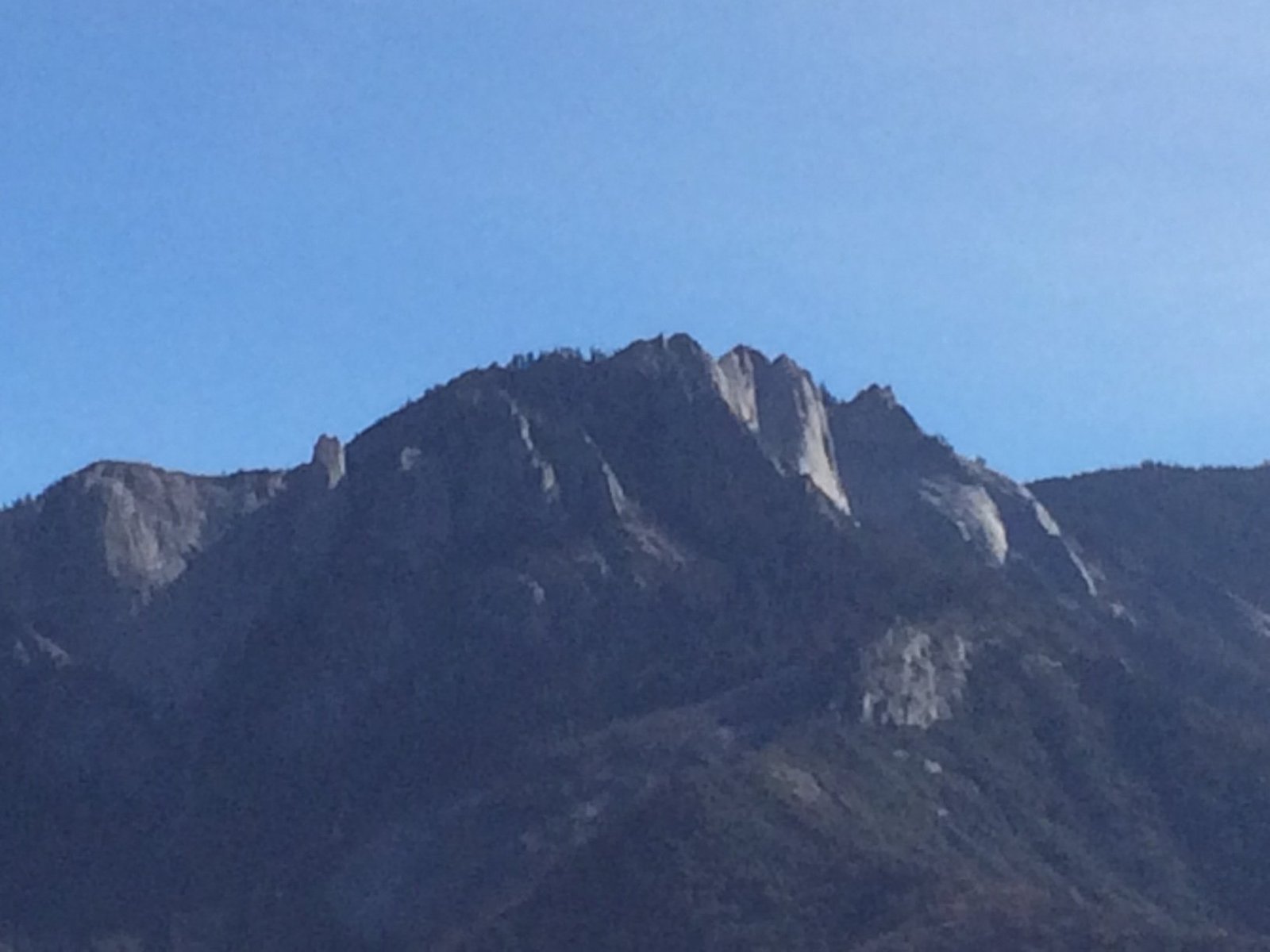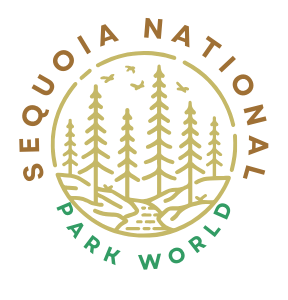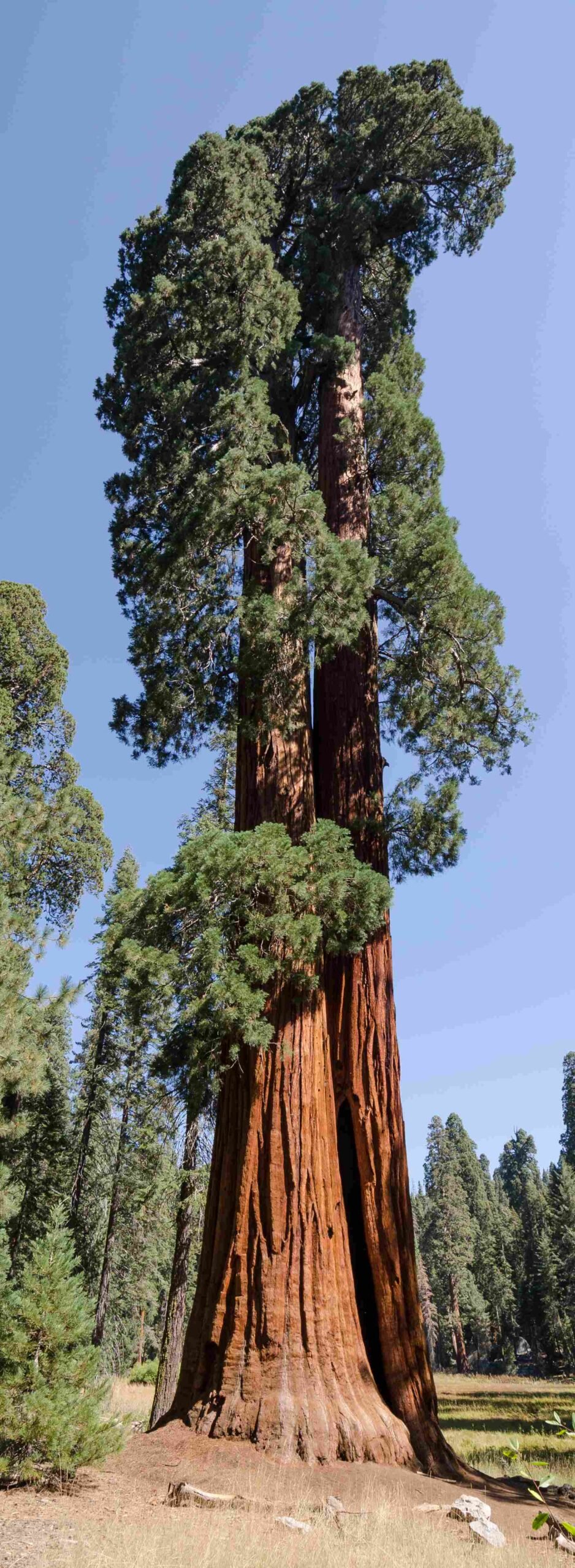Sequoia National Park, home to the world’s largest trees, offers breathtaking landscapes and diverse ecosystems. To make the most of your visit, it’s crucial to be well-prepared. This guide provides essential tips for hiking, camping, wildlife safety, and seasonal considerations in Sequoia National Park. From choosing the best trails to understanding park regulations, these tips will ensure a safe and memorable experience in this natural wonderland.
What Are the Best Hiking Trails in Sequoia National Park?

Sequoia National Park boasts numerous hiking trails suitable for various skill levels. Here are some of the best trails to explore:
- Tokopah Falls Trail
- Length: 3.8 miles (out-and-back)
- Difficulty: Moderate
- Elevation Gain: 630 feet
-
Highlights: Giant sequoia forests, 1,200-foot Tokopah Falls
-
The Lakes Trail
- Length: 11.6 miles (out-and-back)
- Difficulty: Moderate to Strenuous
- Elevation Gain: 3,700 feet
-
Highlights: Alpine landscapes, Heather, Emerald, and Pear Lakes
-
Congress Trail
- Length: 2.7 miles (loop)
- Difficulty: Easy
- Elevation Gain: 470 feet
- Highlights: General Sherman Tree, Giant Forest Grove
When Is the Best Time to Visit Sequoia National Park?

Each season in Sequoia National Park offers unique experiences:
- Spring: Ideal for waterfall viewing, especially Tokopah Falls
- Summer: Best for accessing high-elevation trails, but expect crowds
- Fall: Comfortable temperatures and fewer crowds
- Winter: Great for cross-country skiing and snowshoeing, but some trails may be closed
What Are the Camping Regulations in Sequoia National Park?
Understanding camping regulations is crucial for a smooth stay in the park:
- Reservation Requirements
- Book campsites through recreation.gov
-
Advance reservations highly recommended, especially during peak season
-
Campsite Amenities
- Varies by campground
- Some offer flush toilets, potable water, and picnic tables
-
Others may have more limited facilities
-
Fire Restrictions
- Campfires allowed in designated sites
- Restrictions may apply during dry periods
-
Always check with park rangers for current rules
-
Maximum Stay Durations
- Generally 14 days in a 30-day period
- Some campgrounds may have shorter limits
How Can I Ensure Wildlife Safety in Sequoia National Park?
Wildlife safety is paramount in Sequoia National Park. Follow these guidelines:
- Bear Safety
- Store food and trash in bear-proof containers
-
Hang food and scented items if containers unavailable
-
Mountain Lion Awareness
- Be alert, especially at dawn, dusk, or night
- Keep children close
-
Avoid hiking alone
-
General Wildlife Precautions
- Maintain safe distance from all wildlife
-
Never feed animals
-
Food Storage Guidelines
- Use bear-proof containers for all food, trash, and scented items
-
If hanging food, place it at least 10 feet high and 4 feet from the trunk
-
Emergency Procedures
- Carry a cell phone
- Know how to use a personal locator beacon (PLB) or satellite phone
- Contact park rangers or call the park’s emergency number if needed
What Should I Know About Seasonal Weather in Sequoia National Park?
Weather conditions vary significantly by season in Sequoia National Park:
| Season | Average Temperatures | Precipitation | Recommended Gear |
|---|---|---|---|
| Summer | 70s-80s°F (20s-30s°C) | Dry, occasional thunderstorms | Lightweight clothing, sun protection, plenty of water |
| Winter | 20s-40s°F (-6 to 7°C) | Snow common at higher elevations | Warm clothing, snowshoes or cross-country skis, avalanche safety gear |
| Spring/Fall | 40s-60s°F (7-20°C) | Some rain, snowmelt in spring | Layered clothing, rain gear, sturdy hiking boots |
What Are Some Lesser-Known Tips for Visiting Sequoia National Park?
-
Start Early: Begin your hikes early in the morning to avoid crowds and afternoon heat.
-
Altitude Awareness: The park’s elevation ranges from 1,370 to 14,494 feet. Acclimate gradually to prevent altitude sickness.
-
Hydration is Key: Carry more water than you think you’ll need, especially in summer.
-
Leave No Trace: Practice responsible tourism by packing out all trash and minimizing your impact on the environment.
-
Ranger Programs: Participate in ranger-led programs for in-depth knowledge about the park’s ecology and history.
-
Stargazing Opportunities: Take advantage of the park’s dark skies for exceptional stargazing experiences.
-
Sequoia Etiquette: Avoid walking on sequoia roots and stay on designated trails to protect these ancient giants.
-
Wildlife Viewing Times: Dawn and dusk are the best times for wildlife observation.
-
Scenic Drives: Explore the park’s beauty through scenic drives like the Generals Highway if hiking isn’t your primary interest.
-
Off-Season Benefits: Consider visiting in the off-season for a more serene experience and potential lodging discounts.
By following these tips, you’ll be well-prepared to explore the wonders of Sequoia National Park safely and responsibly. Remember to always check current park conditions and regulations before your visit, as they may change seasonally or due to unforeseen circumstances.

